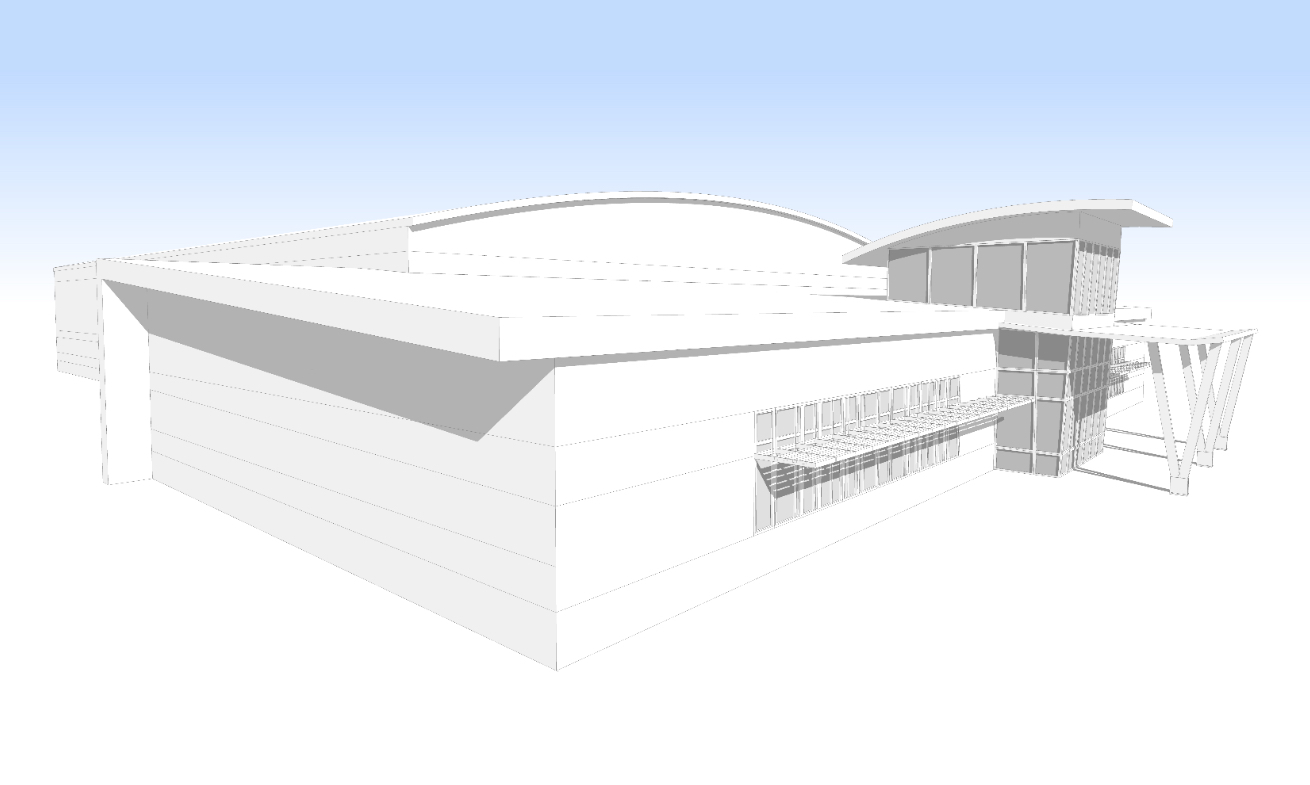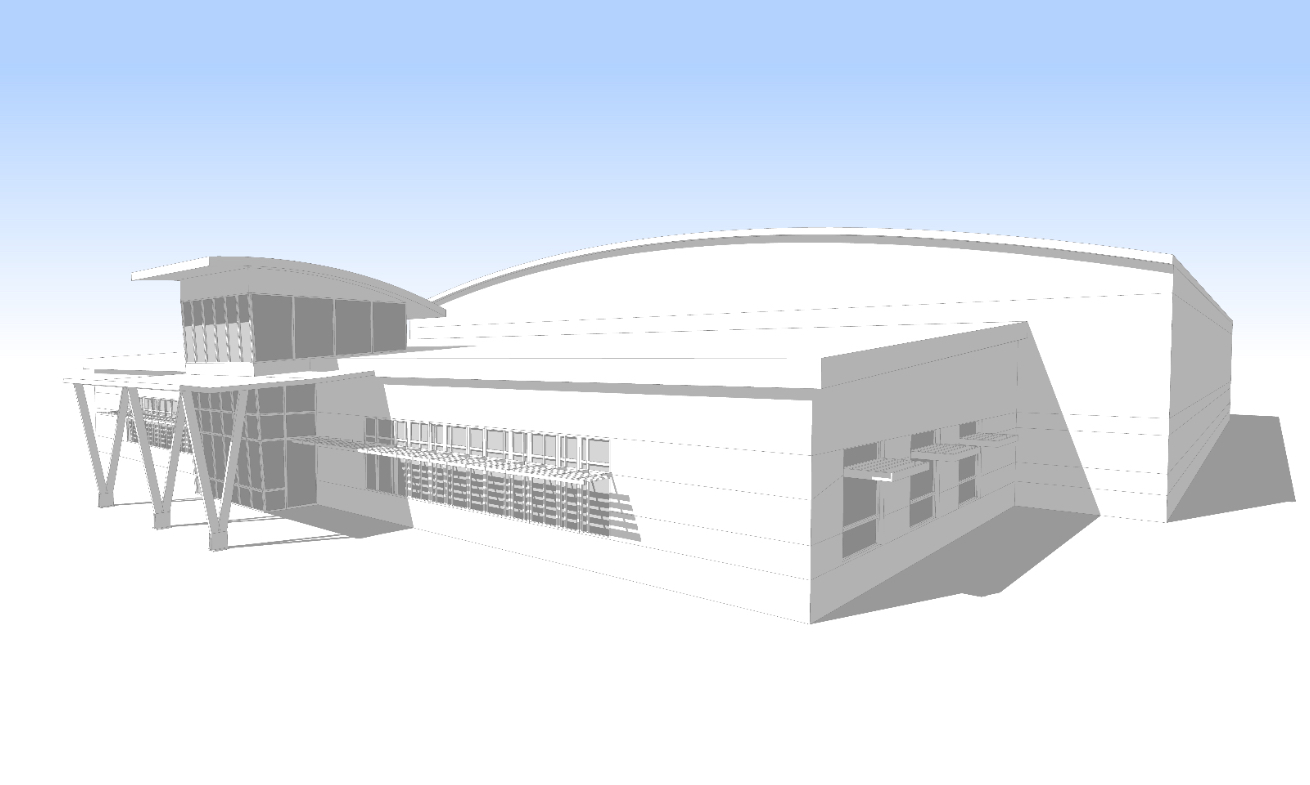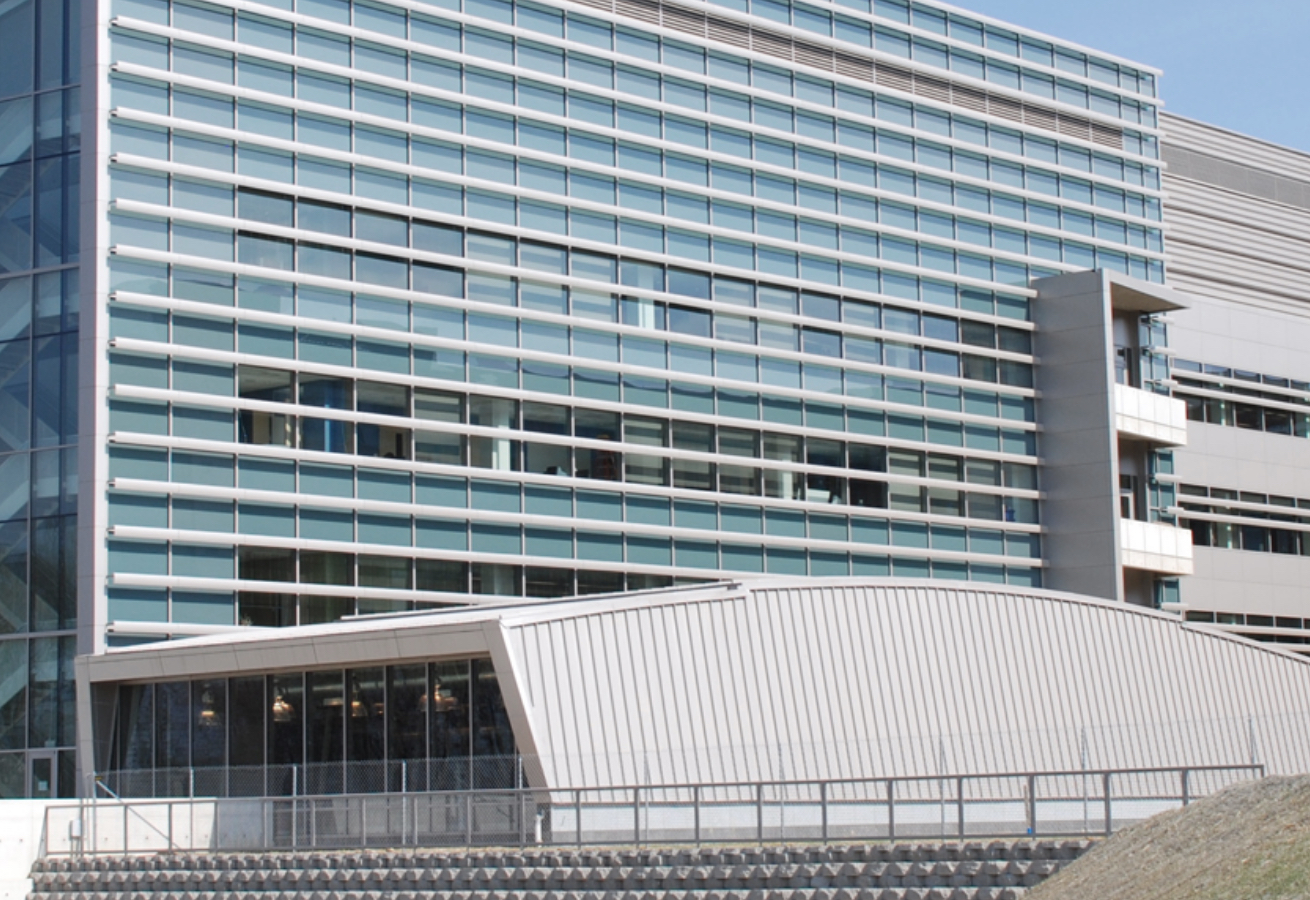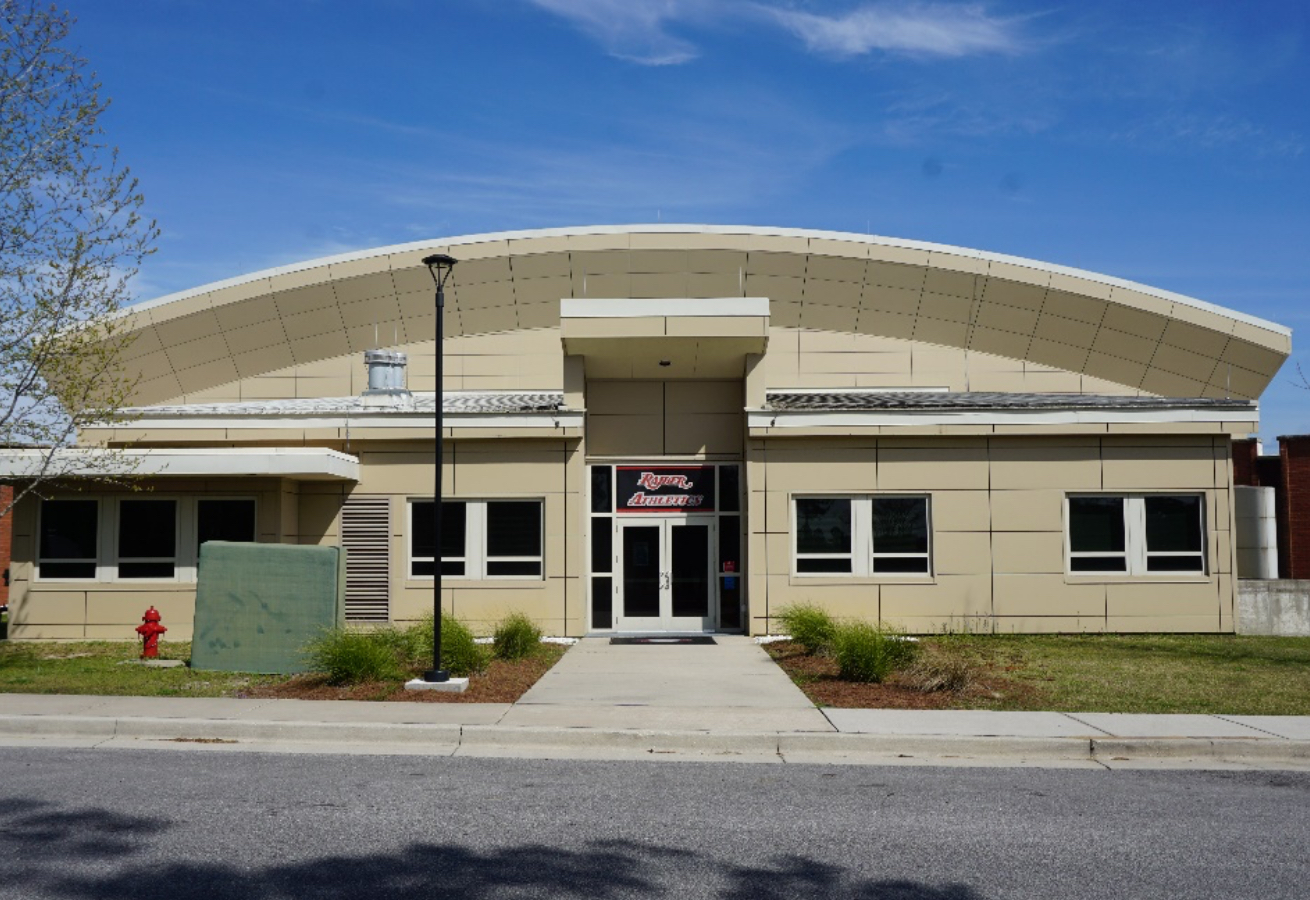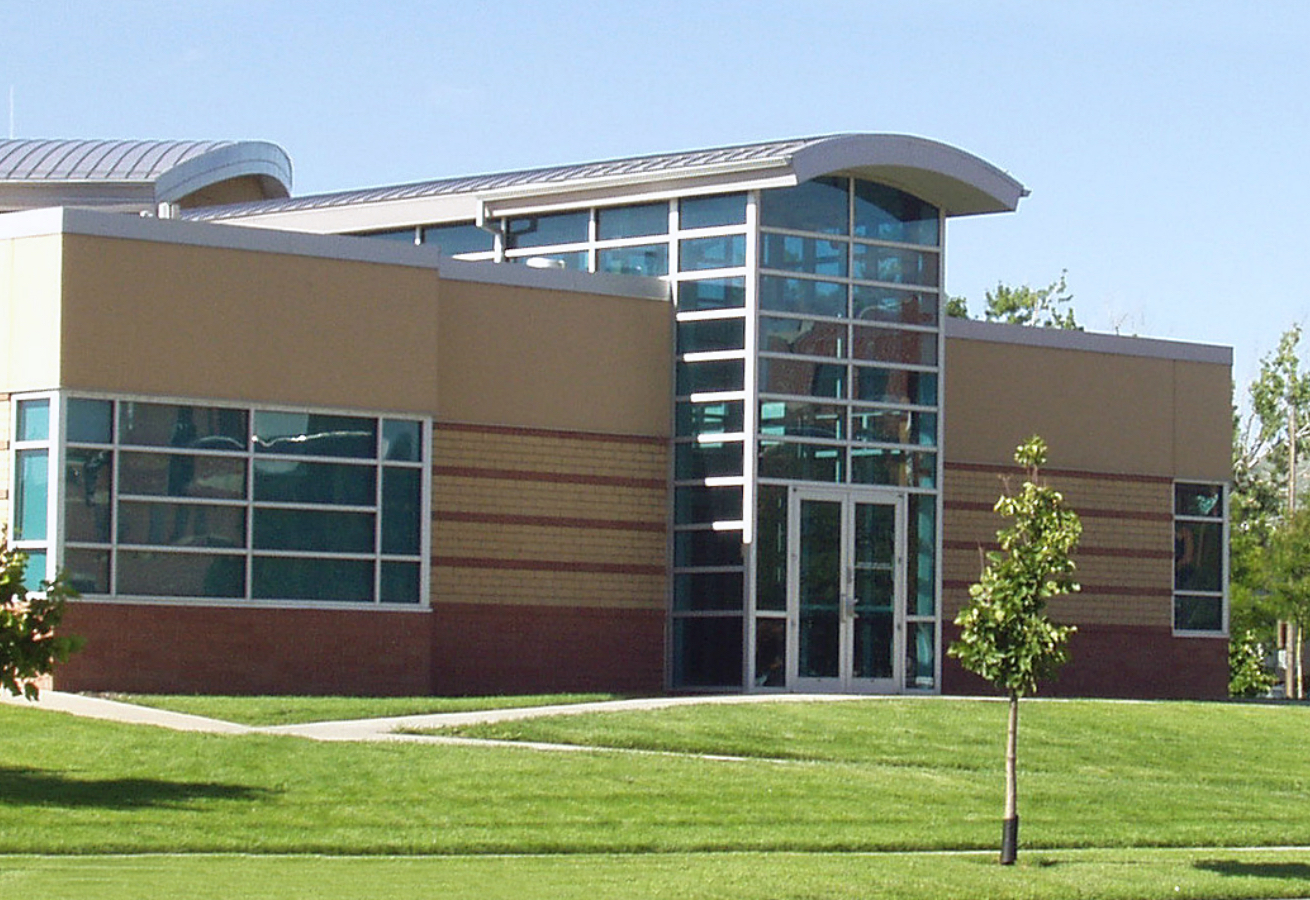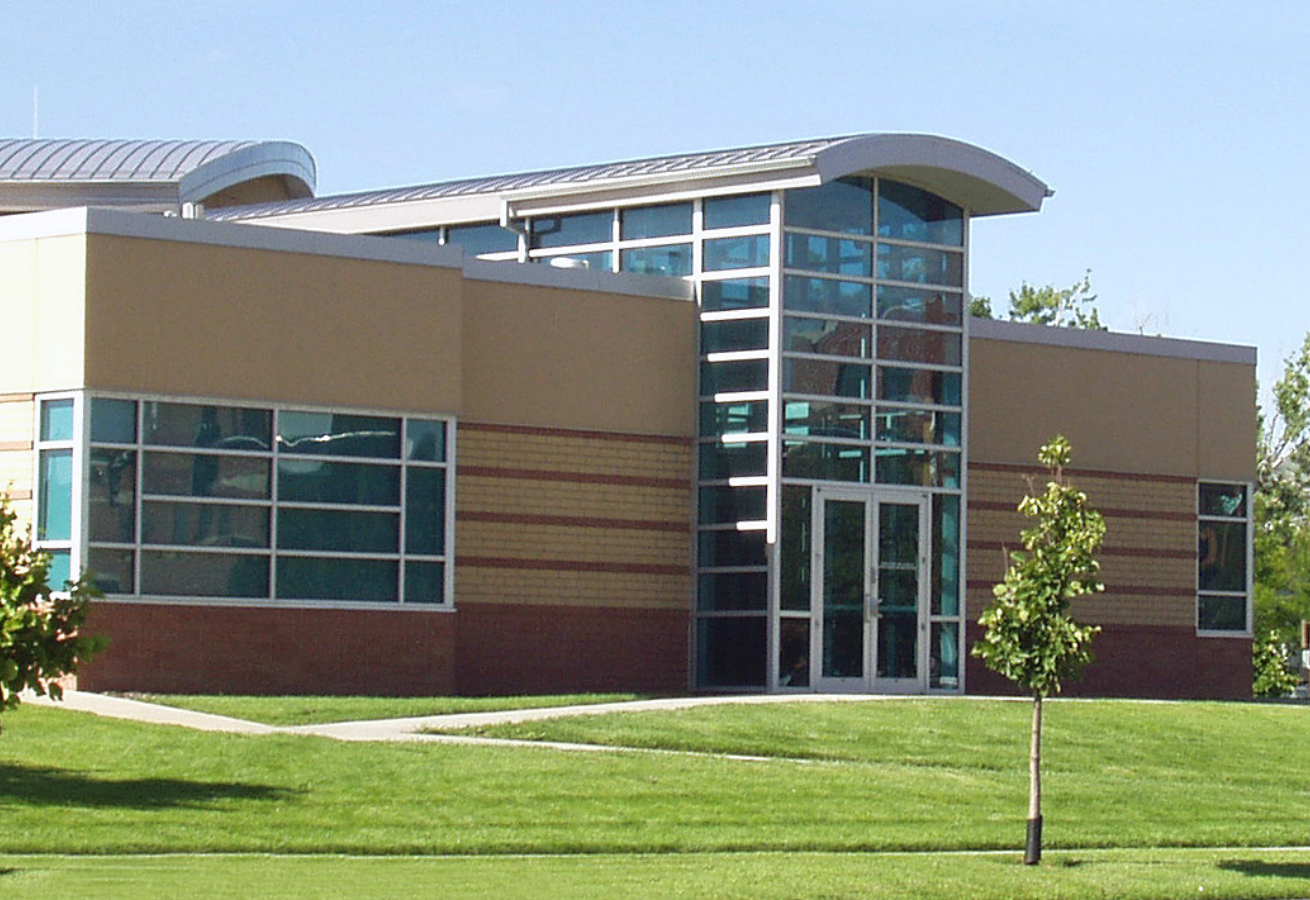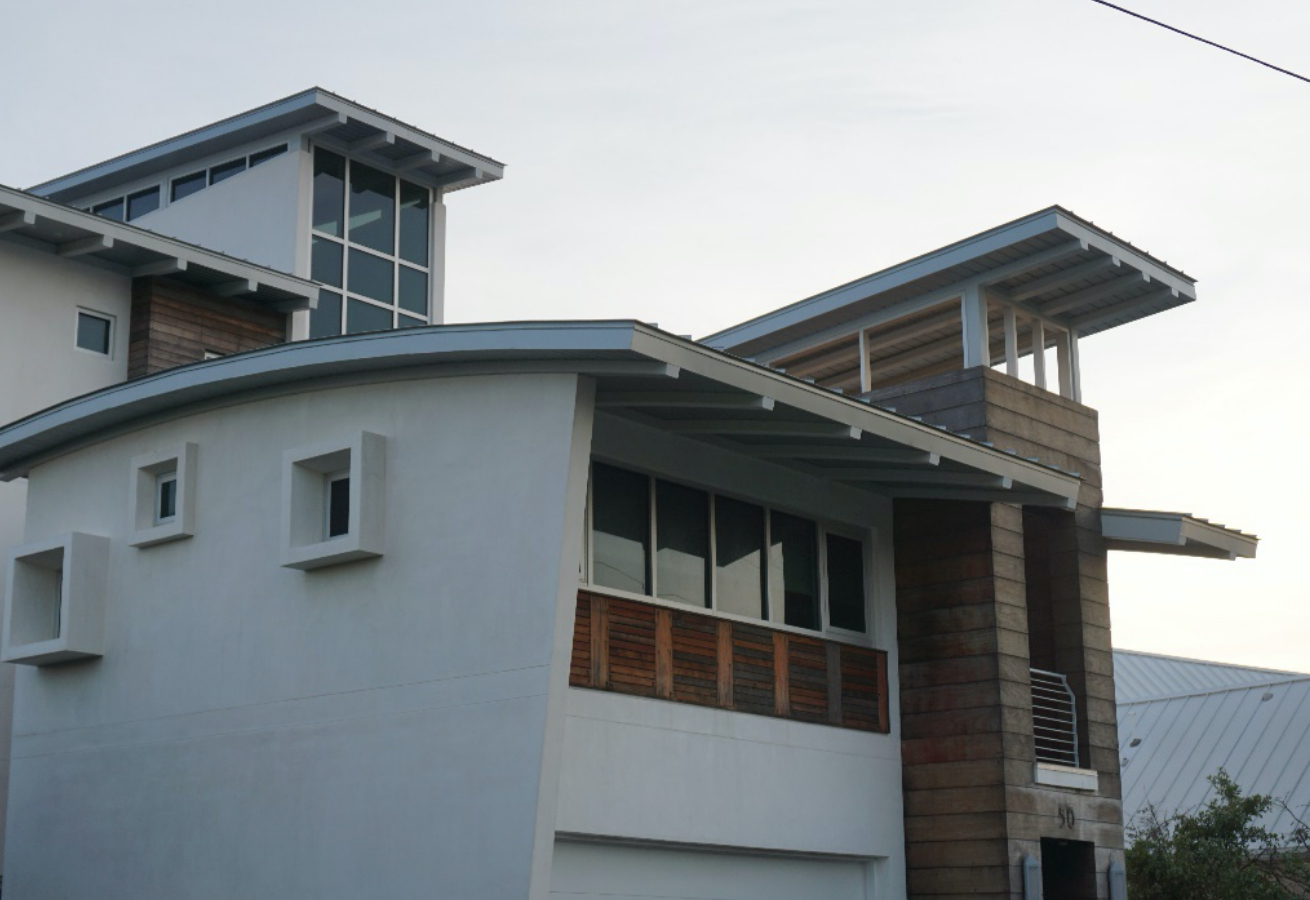
1. Massing & Articulation
The massing is articulated in response to the building program and be able to accommodate generous daylighting of the interior where appropriate. A strong, easily identified entrance is appropriate. Articulation will reinforce the overall design with focused attention to the primary entrance.


